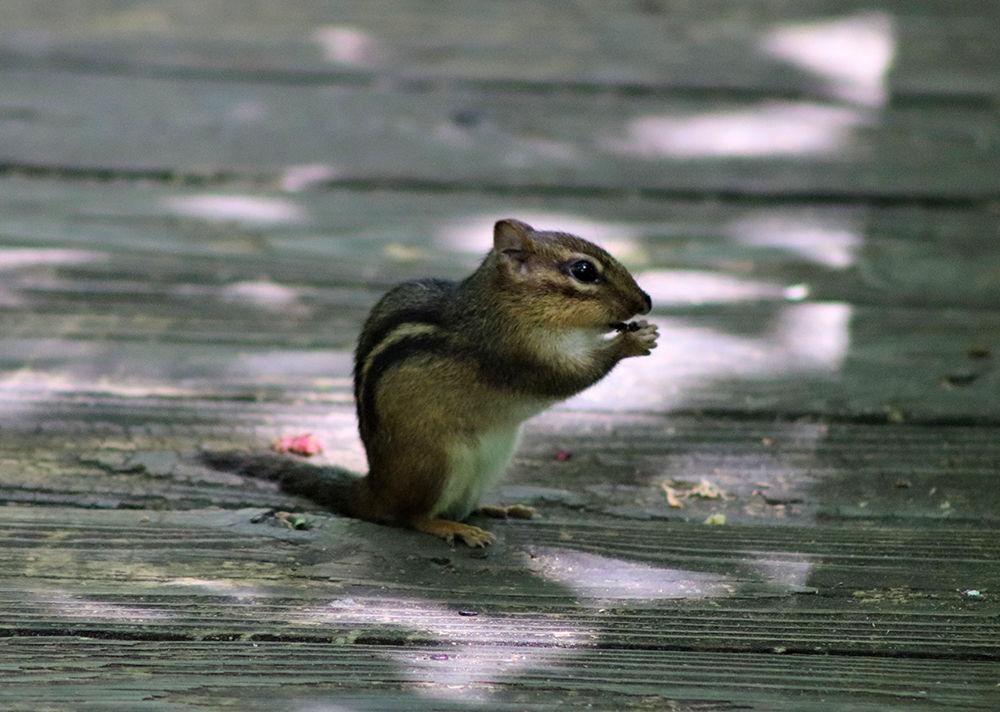Roland Kays, a research associate professor in the College of Natural Resources and scientist at the NC Museum of Natural Sciences, has dedicated years to transforming data into conservation.
In the early 2000s, Kays was tracking the movement of animals on an island in Panama. Kays, Martin Wikelski and other researchers built an automated telemetry system. According to MOTUS, automated telemetry systems use receivers that record signals from transmitters to track large animals.
“We built another system, which was an automated telemetry system, that let us locate animals, and it was generating a ton of data,” Kays said.
Due to the large amount of data their system was generating, Wikelski and Kays developed software Movebank capable of managing that data. Kays said Movebank was initially just a database where people could upload files. Then, they added livestreams, and have been expanding ever since.
“We stream in about 3 million data points a day right now into Movebank, so it’s sort of growing rapidly,” Kays said. “Having those livestreams really makes it easier to work with the data, and also opens up the opportunities to see where the animal is right now or where it was an hour ago and go into the field and do some extra work with that.”
Kays said that after the livestreams, the next major progression for Movebank was a grant from NASA. The grant allowed them to link the movement data to NASA’s remote sensing data.
“So stuff like habitat type, weather, so that makes it a lot easier to see where you have your animals moving and sort of plot out the environment that they’re moving through,” Kays said.
Kays said they realized early on Movebank could be a community resource to help other researchers collect and manage data.
“We realized other people might want to use this as well and if we set this up as a community resource we could also help people share data and make comparisons and combine data sets, so that’s how we initially created Movebank,” Kays said.
One community aspect of Movebank is an app called Animal Tracker, which allows researchers to share data. Kays said the app constantly updates with live data, allowing users to track animals on their phones. Movebank’s animal tracking also helps scientists see how animals are responding to human activity and climate change.
Kays said there are two main ways in which he works to engage users emotionally through the Movebank software. The first is through the Movebank Youtube channel.
“If you look at the Movebank Youtube channel, you can see some of those [visualizations] that show animals moving around the planet that are just kind of cool, beautiful, interesting and engaging,” Kays said.
The other method Kays uses to emotionally engage his audience is through a podcast that he runs called Wild Animals, available on all platforms. On this podcast, he interviews people who have tracked animals and records stories of individual animals.
Kays said when you track an animal, you learn about it in great detail. The podcast allows him and others to share these details with the public.
“We sort of try to tell those individual stories about particular animals on the podcast,” said Kays. “As animal trackers we get these relationships with these individual animals and to kind of try and share those relationships out broader,” Kays said.













